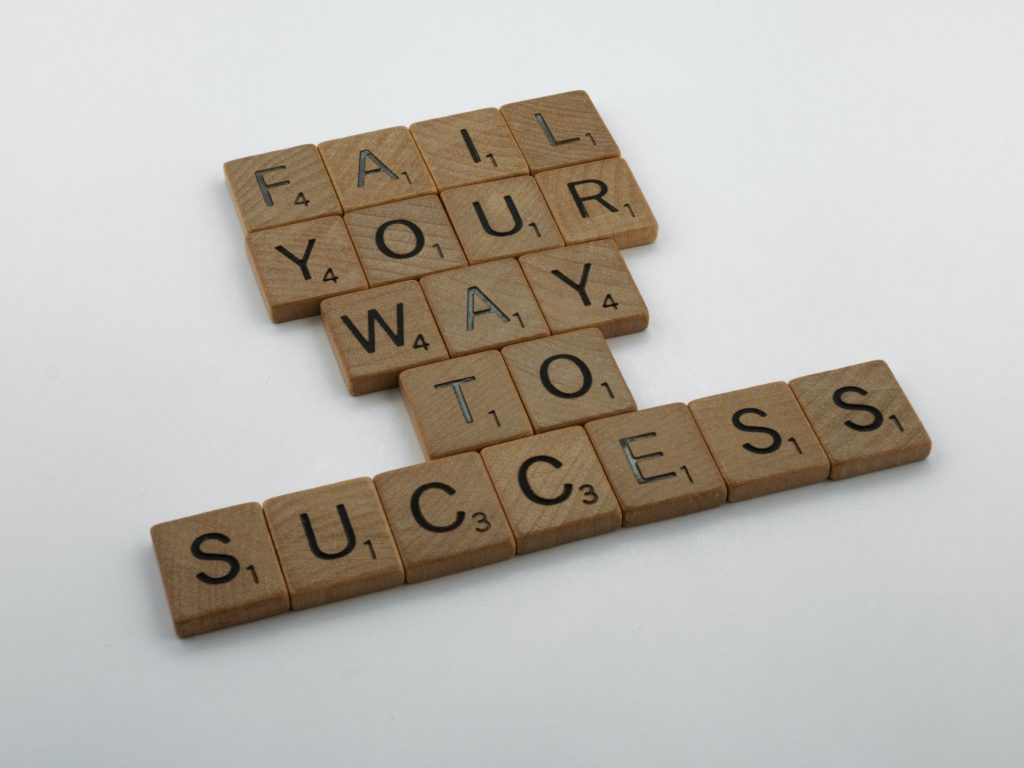This post is also available in Dutch.
According to Neuroscience, planning refers to setting a sequence of actions with a particular aim. But you don’t build a plan from scratch; there are some preliminary steps like exploring the context in order to gather useful information before deciding on what is probably the best action plan to follow.
What’s new? Adding the missing pieces of information to the puzzle
To understand the behavioral and neural mechanisms that occur during the exploration mode, and prior to taking action, researchers imagined a simple experiment. Two spots stand in front of you, one is red, the other blue. Your task is to choose: either you “bet” money on the spot that you expect to light up (but eventually you have no feedback about the actual outcome), or you decide to just “observe” what the outcome will be (no gain, no loss). What really happens is that the experiment is rigged: there is a bias towards the red or the blue light, and this bias reverses from time to time.
As one could expect, at the beginning of each round, people had the tendency to observe more, therefore accumulating evidence. During this exploration phase, two regions of the brain specific to learning and decision-making, the Insula and dorsal anterior cingulate cortex, showed greater activity. However, after reaching a critical threshold of evidence, participants felt confident enough to bet. And then another area stepped in, the Ventromedial prefrontal cortex, that seems to play a role in the switch from exploration to action mode.
The Trial & Error learning method
Collecting information in order to decide what seems to be the best option does not prevent us from making mistakes. In fact, it should be considered normal that every time we try something new, we are likely to fail. That’s what makes us enter, once again, the cycle of exploring / updating the plan while taking into account newly discovered elements. This sounds like a never-ending loop of trial and error, but it isn’t. It appears that our brain is good at estimating probabilities and weighting the pros and cons of every possible option.
This ability to learn by experience and to react interactively to the context is a learning method that most primates use on a daily basis. We call it “Trial-Error learning”.
In a recent study, researchers designed an experiment to show evidence of this Trial-Error learning method in humans. Now picture this: there are eight symbols on a screen, each associated with a monetary reward or loss, that you can reveal one by one. The value of each symbol changes from one trial to the other. However, the position of a given reward in the current trial provides an indication of what its most probable next location is. Under the Same Side rule, if the reward is currently on the left, it means that there are greater chances it will stay on the same side on the next trial. Sometimes the rule is reversed, switching to the Opposite Side rule, meaning that a reward on the leftpredicts that it will more probably shift to the right side next time. Other times there is no rule at all, and the change in the reward’s location is random. None of this is explicit, and participants have to learn it by experience.
The experiment showed that people were able to build representations of the symbols, using their relative position (from left to right) as a measure of the expected reward/loss. This strategy enabled participants to earn more money when there was a statistical rule to learn (either Same Side or Opposite Side) than when it was completely random. Interestingly, with experience, people were faster at identifying the rule of the game, meaning that they needed to accumulate less and less evidence before making their decision and adapting their strategy. In other words, they could gain experience and generalize the learning across different contexts (either Same Side or Opposite Side).
Let’s embrace our mistakes
Learning from our mistakes is not only a well-known maxim that we use to excuse our mistakes. The brain uses errors to learn something new. Observing is essential, thinking and planning too, but without trying, we can’t predict for sure what the outcome is. Moreover, Trial-Error learning facilitates the solving of similar but not identical problems by simply generalizing and adjusting the plan instead of having to start all over again. So much time and energy saved in the end!
Photo by Brett Jordan via Unsplash
Author: Kim Beneyton
Buddy: Julija Vaitonyte
Editor: Marisha Manahova
Translation: Jill Naaijen
Editor translation: Felix Klaassen
